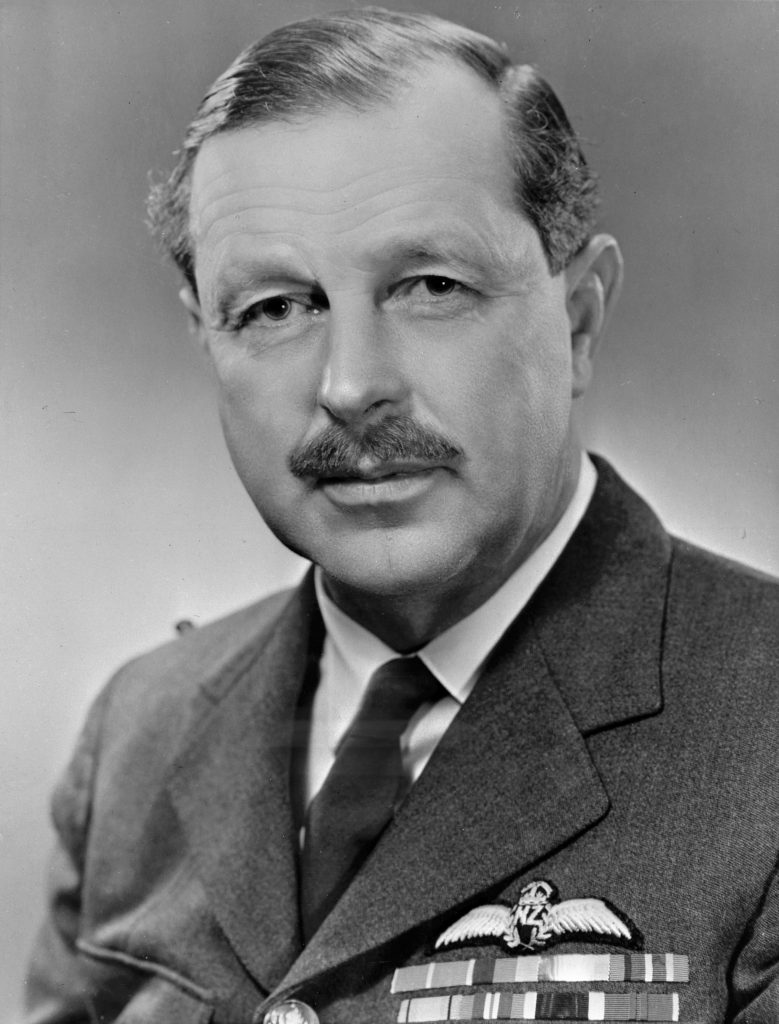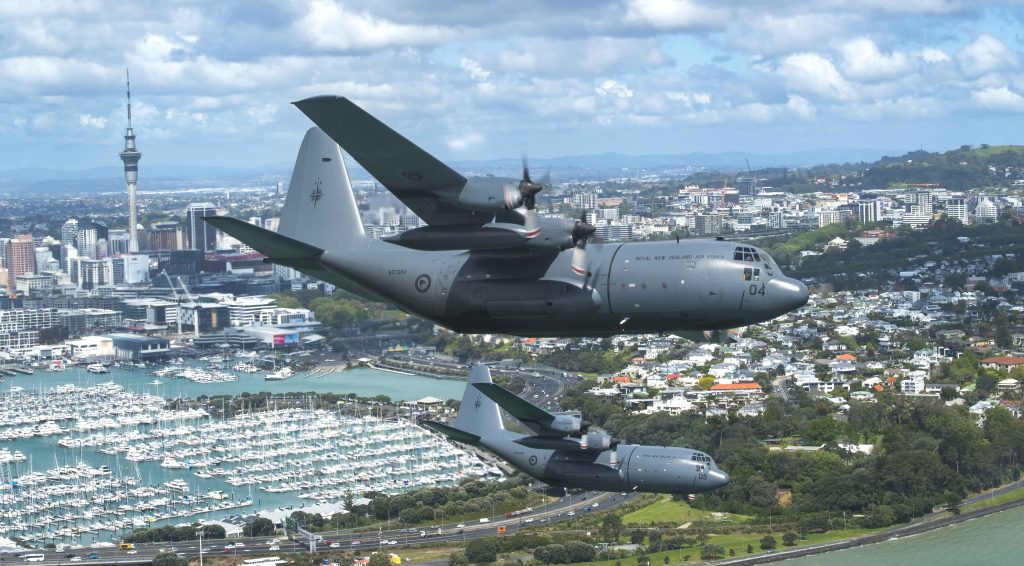A little over 60 years ago, the RNZAF took a bold decision to invest in a new transport aircraft built by American manufacturer Lockheed. It turned out to be easily one of the best buying decision our air force ever made.

Back in 1962, the RNZAF was at a crossroads. Its fleet of transport aircraft, made up of Bristol Freighters, Hastings and Douglas DC-6 aircraft were all powered by World War Two-era piston engines and were ageing fast.
That year Air Vice Marshal Ian Morrison took over as Chief of Air Staff, and he set about confidently rebuilding the air force. He did not hold back in his assessment of the task.
“We must have an air force that is clear in its aim, purposeful and confident about its future,’’ he told personnel on a tour of bases. We have been in a trough – a low in our fortunes.
“We have not spelled out strongly enough the lasting truth – that nothing can move unless the air is secure.’’

Morrison declared the three basic roles of the RNZAF were to be strike, maritime reconnaissance and air transport. Each was of equal priority.
Morrison had flown Lockheed Venturas during the war in the Pacific, so he’d faced greater perils than navigating the corridors of power in Wellington. To his colleagues he was a ‘ceaseless’ lobbyist for the RNZAF, although they worried his frankness sometimes did not endear him to politicians.
He was a huge fan of the new turboprop-powered Lockheed C-130 Hercules and was convinced that re-equipping with the versatile transporter had to be a priority.
In fact, he thought ordering a dozen Hercules for both transport and maritime patrol work would do the trick!
His vision was for them to replace not only the transport fleet, and the World War Two-era Sunderland flying boats as maritime patrol aircraft as well. However, an RNZAF delegation went to the United States to assess the maritime version and returned recommending Lockheed P-3 Orion aircraft instead. Since its introduction, the Orion had quickly built a reputation as the world’s finest anti-submarine and maritime reconnaissance aircraft.
Morrison listened to the advice and adjusted his preference. He asked the Government for funding to re-equip with Hercules as transports and Orions for maritime duties, forming a combined fleet of formidable aircraft to meet the air transport and maritime surveillance challenges the RNZAF faced.
Cabinet was persuaded and in 1963 the first three Hercules, and spares, were ordered for US$13.5 million. The aircraft started life as C-130E models but were modified midway through production to be able to handle more powerful Allison T-56-A-15 engines. This meant the RNZAF’s Hercules became the first C-130H export models to roll off the production line.
No. 40 Squadron’s first three Hercules arrived in April 1965, and No. 5 Squadron’s five Orions soon followed, making their first appearance in 1966.
Air Vice Marshall Morrison had pulled off what was arguably the best aircraft modernisation decision in the RNZAF’s history, with the Hercules and the Orion going on to deliver incredible service and value for money for almost six decades.
The Hercules performed extraordinary service from the start.
They arrived at Whenuapai in April 1965 and by July they were transporting New Zealand’s troops to Vietnam. In October that year the first RNZAF Hercules landed on the ice in Antarctica – just six months after coming into service.

A young Flight Lieutenant named Gordon Ragg landed Hercules NZ7003 at Whenuapai at the end of its long delivery flight from the United States in April 1965. He recalls taking delivery of the brand-new aircraft with its ‘new car smell’ was one of the highlights of his long air force career.
“It was simply superb – it was the Queen of the skies for us. It was a jump in technology and it could fly higher, further, faster and could carry more.
“It was also adaptable, powerful, strong, reliable, enormously capable and versatile – and a superb pilot’s aircraft.’’
Two years later it was decided the Hercules were so good that another two were needed, and these were delivered in January 1969 completing the fleet of five (NZ7001-NZ7005).
In those early years of service, they achieved many firsts, becoming the first RNZAF aircraft to visit mainland China and the Soviet Union during the Cold War. Gordon Ragg flew the first RNZAF aircraft into Germany since World War two.
They were also at the forefront of New Zealand service in Pakistan, Bangladesh, and Cambodia in the 1970s. This was just the beginning, and in the decades since the RNZAF’s Hercules have been to most parts of the globe. They have delivered troops, cargo and humanitarian aid into conflict and disaster zones as diverse as the first Gulf War in Kuwait to the 2004 Indian Ocean earthquake and tsunami.
They were equally at home landing on ice as they were on coral, muddy landing strips or international runways.
But as good as the design was, keeping the aircraft serviceable for 60 years has not been easy, and they have required several upgrades. In 1972-73 the first significant upgrade saw the replacement of their wing centre sections in Georgia. This was followed in 1981 with an outer wing panel refurbishment, and a further life extension programme started in 2005. This included structural refurbishment and new avionics which extended their service life out to 2025.

Gordon Ragg says the key to the Hercules’ ongoing success was its versatility. From the start it proved it could operate anywhere from the ice of Antarctica, across the Pacific and in desert environments, on any number of roles. It was the right size for New Zealand’s requirements anywhere in the world.
“The greatest testament to its suitability for the RNZAF is the fact that the best replacement for a C-130 after 60 years is another C-130.’’
Ironically, he recalls Ian Morrison suggesting one of the main attractions of buying the C-130 was its likely long life in service – which could be between 15 to 20 years.
“I don’t think Ian Morrison could have imagined how successful it would be. He certainly would not have thought that it would still be flying 60 years later.’’





